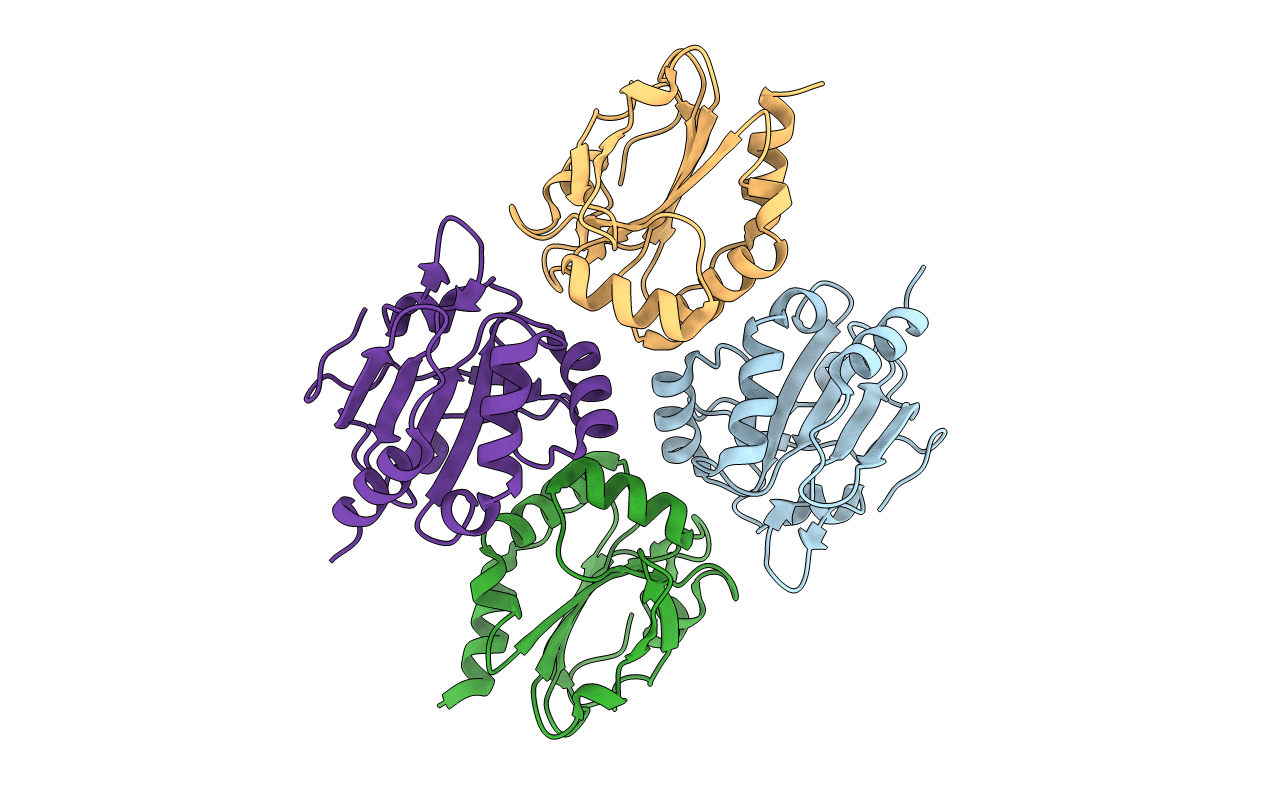
Deposition Date
2004-11-08
Release Date
2005-02-22
Last Version Date
2023-10-25
Entry Detail
PDB ID:
1XXU
Keywords:
Title:
Crystal Structure of AhpE from Mycrobacterium tuberculosis, a 1-Cys peroxiredoxin
Biological Source:
Source Organism:
Mycobacterium tuberculosis (Taxon ID: 1773)
Host Organism:
Method Details:
Experimental Method:
Resolution:
1.90 Å
R-Value Free:
0.28
R-Value Work:
0.24
Space Group:
P 42


